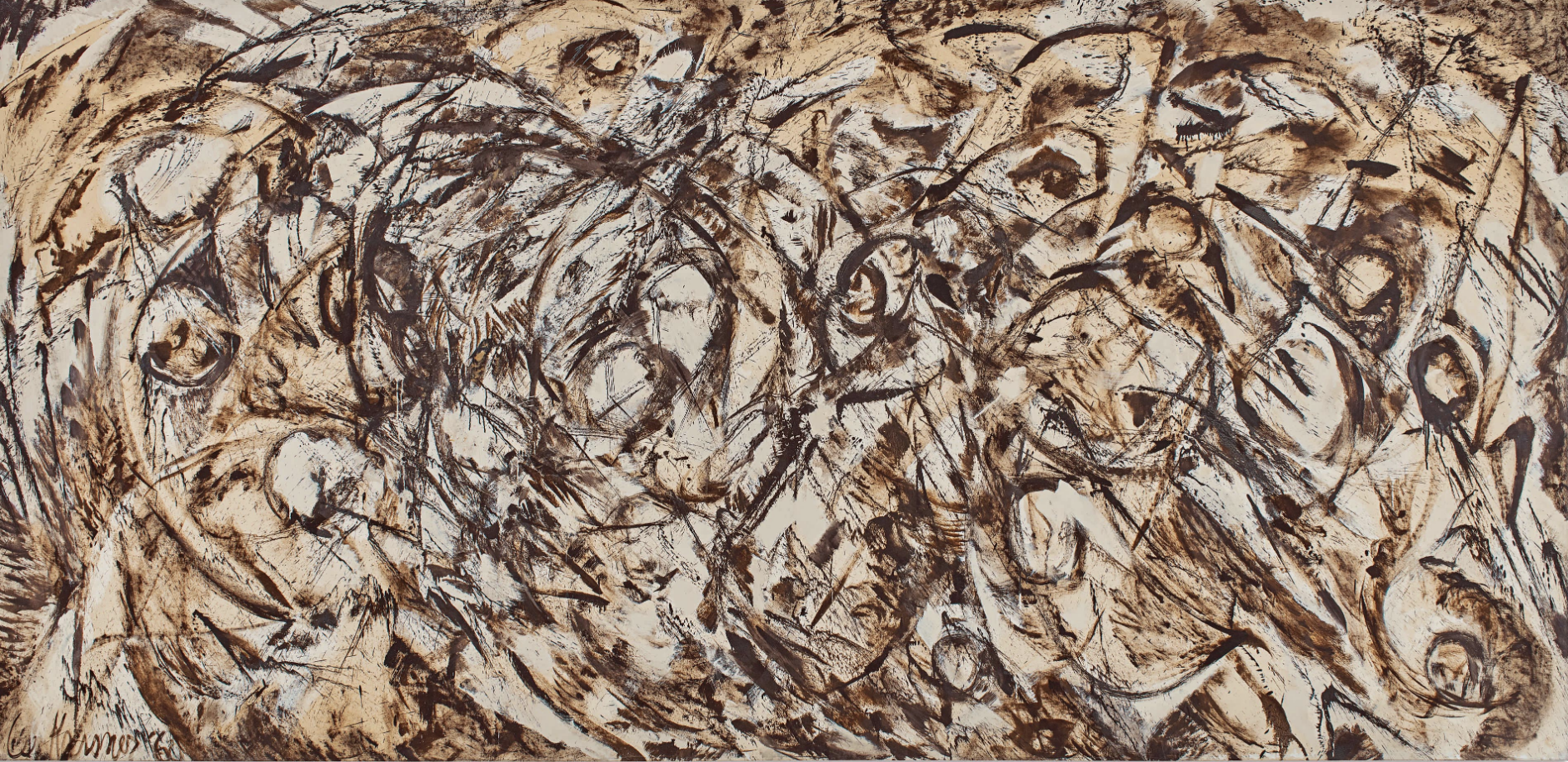Cleo’s Conundrum: ‘I Always Think Everyone's Looking at Me, But I Only Look at Myself’
'The tool of every self-portrait is the mirror. You see yourself in it. Turn it the other way, and you see the world.'
Director Agnes Varda
In the 1962 film ‘Cleo de 5 a 7’ Corinne Marchand plays the eponymous heroine, a successful Parisian pop singer who fears that she has cancer. The movie follows her movements on the first day of summer, from 5-00 to 6-30, as she waits to hear the results of her tests.
'Ugliness is a kind of death. As long as I'm beautiful, I'm even more alive than the others.’
When we first encounter Cleo she comes across as somewhat superstitious, self-absorbed and trivial. She visits a tarot reader, bursts into tears in a café, and consoles herself with a visit to the hat shop. She revels in attention and recognition, and is constantly seeking her own reflection in mirrors.
‘Everything suits me. Trying things on gives me a thrill.’
However, we soon realise that Cleo’s identity is in part a product of the company she keeps. Her indulgent maid-companion avoids taxis with unlucky numbers and warns against wearing new clothes on Tuesdays. Her businessman lover only has time to pop in and shower her with hollow compliments. Her musician friends faun on her and compose frivolous songs for her with titles like ‘The Tease’ and ‘The Liar’. But they don’t think she quite has the voice for serious material.
They all treat Cleo like a child, privately regarding her as a hypochondriac drama queen. She is unable to have a proper conversation about her health concerns with any of them.
'Everybody spoils me. Nobody loves me.’
Finally Cleo can take no more. She discards her wig, changes into a simple black dress, and dons the inappropriate hat she purchased earlier. She walks out onto the Paris streets alone.
Cleo visits an old friend, Dorothee, an artist’s model who is hard up but happy. Taking a trip around town together, she is at last able to talk seriously about her fears. Cleo drops Dorothee home in a taxi. As her friend disappears up the steps, Cleo asks the cabby to slow down so that she can savour the moment. She seems to be undergoing some kind of awakening. She is more curious about the world around her, more alert to the people she passes on the street. She stops looking in mirrors.
Director Agnes Varda, who died in March of this year, explained the theme of ‘Cleo de 5 a 7’:
‘When the film starts, she’s just there to be looked at. When she takes off her wig and puts on her black dress and goes out, she’s the one who starts to look. Looking at others is the first step of feminism—not being selfish, not being mirror-oriented. Looking at other people. Discovering what they do to make a living. Or how they behave. Cleo, in the shock of being afraid of death, starts to see things differently.’
(Interviewed in Cleo, 6.1)
I was particularly taken with Cleo’s articulation of her dilemma. At a critical moment in the film, standing in front of a mirror, she declares:
‘I always think everyone's looking at me, but I only look at myself.’
This seems a thoroughly modern concern. This is us: our vanity, our solipsism, this narcissistic age. We are more interested in being known than knowing; in being understood than understanding. We think everyone’s looking at us, but we only look at ourselves.
Like Cleo, we should realise that the first step to a happy life, and indeed a successful career, is to remove our ego-tinted spectacles, to see the world as others see it. We need to cultivate abstraction.
Easier said than done perhaps.
At the Parc Montsouris Cleo meets Antoine, a soldier on leave from the Algerian war. He senses that she is troubled.
'You seem to be waiting for something, rather than someone.'
Antoine is thoughtful, talkative, funny and wise. Gradually he charms Cleo and they enjoy an open, honest conversation about love, the war and her worries. He escorts her to the hospital, taking her by the hand.
Antoine: 'I'm sorry I'm leaving. I'd like to be with you.'
Cleo: 'You are. I think my fear is gone. I think I'm happy.’
‘With all the doors flung open,
The wind rushing through.
I’m like an empty house
Without you.
Like a deserted isle,
Covered by the sea.
My sands slip away
Without you.
Beauty wasted,
Naked in the cold of winter.
Just a yearning body
Without you.’
‘Sans Toi’, Corinne Marchand (M Legrand, A Varda)
In memory of Agnes Varda and Michel Legrand, both of whom passed away in 2019.
No. 243





















